
Anyone who witnessed Na Vorro Bowman’s injury live on TV was quivering for a while. Cameron Meredith also suffered the same fate more recently. This injury looked brutal on TV. My immediate diagnosis was that Bowman and Meredith had probably torn their ACL and their MCL. Injuries to either the ACL or the MCL can lead to predictable results. Multi-ligament injuries involve much more surgery, a longer recovery time, and a worse prognosis. This post will cover how combined injuries to both the MCL and ACL are managed.
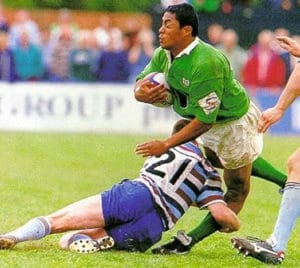
The 49ers feared that linebacker NaVorro Bowman injured both his ACL and MCL against the Seahawks on Sunday and those fears have been realized.
Most people understand that an isolated ACL injury is usually followed by a brief course of therapy to resolve your stiffness and prepare your knee for surgical repair. Combined injuries to the ACL and MCL might need to be managed differently.
For patients with an isolated MCL or medial collateral ligament tear, the treatment will vary depending on the “grade” of the tear. MCL tears are graded as complete (Type 3) or partial Types 1, and 2). Partial tears of the MCL will almost always heal with time, bracing and physical therapy. Complete, but isolated grade 3 tears of the MCL generally require an open repair of the MCL followed by a period of bracing and then physical therapy.
ACL and MCL Combined Injuries
When both the ACL and the MCL are torn, the timing of treatment is critical. The MCL becomes the critical factor in early management of these combined injuries. If the MCL is a grade 3 complete tear then it needs to be repaired soon after the injury. Otherwise, the MCL ligament will scar and shorten making a repair difficult. This threatens the overall recovery and ability to return to sports.
Surgery for ACL and MCL combined injuries can take place in 2 separate procedures, or it can be accomplished at the same time with an MCL repair and an ACL reconstruction. If it is pursued in two separate surgeries then once the MCL ligament is repaired, and once the athlete has recovered, an additional surgery to reconstruct the ACL is necessary. This is not a common approach in professional or elite athletes. MCL injuries and MCL surgery can produce significant stiffness in the knee. ACL reconstructions can also produce significant stiffness. Having surgery on both the MCL and the ACL at the same time might not be the right approach for everyone. Having surgery on both the ACL and the MCL at the same time raises the risk of having permanent stiffness.
When dealing with an elite or professional athlete we usually approach this injury with a single surgery. The MCL can be repaired in a traditional sense. The torn ends of the MCL are sewn together or anchored to the bone if they tore off of the bone. As you know, the ACL can not be primarily repaired. The ACL needs to be reconstructed. When talking about professional football players, the most common graft choice for an ACL reconstruction is a bone-patella tendon-bone autograft. Other ACL graft choices are available and might be appropriate for athletes in other sports. In order to allow for immediate motion after a combined ACL/MCL surgery we may place an “internal brace” on the MCL repair to protect it so we can start immediate motion exercises to decrease the risk of stiffness.
Recovery from combined ACL and MCL injuries.
The recovery from a combined injury is often quite long. It takes the athlete more time to get their normal motion back when both ligaments are operated on. After the MCL heals in approximately 6 weeks, a more traditional ACL rehabilitation schedule can begin.
This is a long recovery process and many people do very well if a combined ACL/ MCL injury is managed in a timely manner. Whether or not Meredith can return to professional sports is an open ended question. Not all professionals can return after an isolated ACL tear. Return to play statistics predict that recovery and return to sports is likely. Sadly, the statistics also show that their careers are generally shorter than those of athletes that do not tear their ACL.



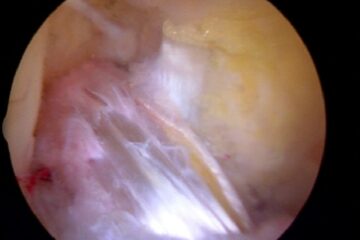
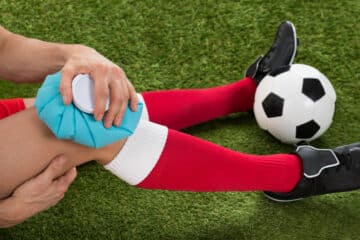
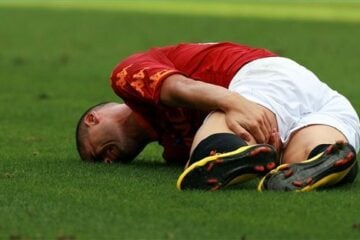




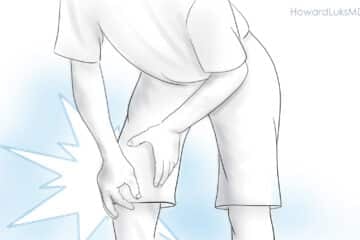



I am a 62 year old woman and tore both my ACLand MCL….i am not a out there physical person….I am a Special Ed teacher and really just want to know if I can navigate the hallways of my high school without my knee brace? I don’t play football…..I just dont want to do the surgurery …..help!
Often times the MCL will heal well enough. Many people, especially as we get older do not require a brace or ACL surgery. You will know after you complete your rehab. If the knee feels unstable then options include bracing, more PT or surgery.
What do you all think…..do I have to do that surgery…ACL and MCL….and, I was’t playing football….I was replacing a lightbulb and fell back…..lord!
I completely tore my ACL and MCL playing soccer. I had surgery in August of 2015, and am now one year and two months out. I have returned to playing soccer, but not as competitively as I used to. I went to PT for a full year but, since I understand what I needed to be doing and PT was expensive, I do it on my own now (after a year) and have been doing great! I have a question though–I am having a hard time explaining to others why my knee isn’t the same as it was before I injured myself. I don’t know how to explain why running is easier than doing box jumps for me and how to explain how playing soccer is completely different than running for the knee. I know it has to do with the ligaments torn, but could someone please kindly educate me on why exactly the two are so different. The same muscles aren’t being used when you play soccer VS when you go on a distance run, at a comfortable pace…correct? Are running sprints the same as going on an easy paced endurance run? My knee says they aren’t the same after the pain I feel when I over do it on sprinting. I do have a screw in my knee, so that could be the case! Please someone help me out a little because I hate not knowing how to explain myself. All I can tell others is that my knee and quad aren’t the same knee and quad that it was before surgery. But, I can work back to that…it’s just not as easy.
What are your thought on having a Osteotomy for our son’s GENU VALGUM to help reduce the amount of ACL/Menisiscus injuries he has had in the past 4 yrs? He is a Sr. Football player (Linebacker) in Highschool,
and might wanna play in College.
very challenging decision making. Many variables need to be considered. There are occasions when an osteotomy might be appropriate… BUT — you should seek many opinions before considering surgery. Distal femoral osteotomies are also more tricky than tibial osteotomies for Varus, so be sure that you have seen someone who is very comfortable performing them.
Good luck
Hi Doctor Luks,
I am a senior football player at Dartmouth College and I recently dislocated my knee and tore my ACL, MCL, and partially tore my LCL and PCL. I just had surgery on my MCL 10/20/2016. When do you anticipate I will be able to have my ACL surgery and when do you think i will be able to begin rehab/walking on my repaired MCL?
I have received mixed answers but it has become apparent to me that I will be able to begin rehab at the 3-4 week mark and then have my ACL surgery in 2-3 months. Is this correct or do you have a different answer?
Alex,
There are a number of variables involved here. Your physical exam is more important than your MRI in determining your “instability pattern”. The pattern of your instability then defines what should be fixed and in what order. If surgical management of the MCL is undertaken first- then you need to let it heal before proceeding with an ACL, etc reconstruction. The timetable you mentioned is reasonable. Not many docs are experienced in managing multi-lig knee injuries… so you will receive many different opinions when you ask around. And each case (mulit-ligament knee injury) needs to be managed differently depending on the exam findings.
Good Luck
HJL